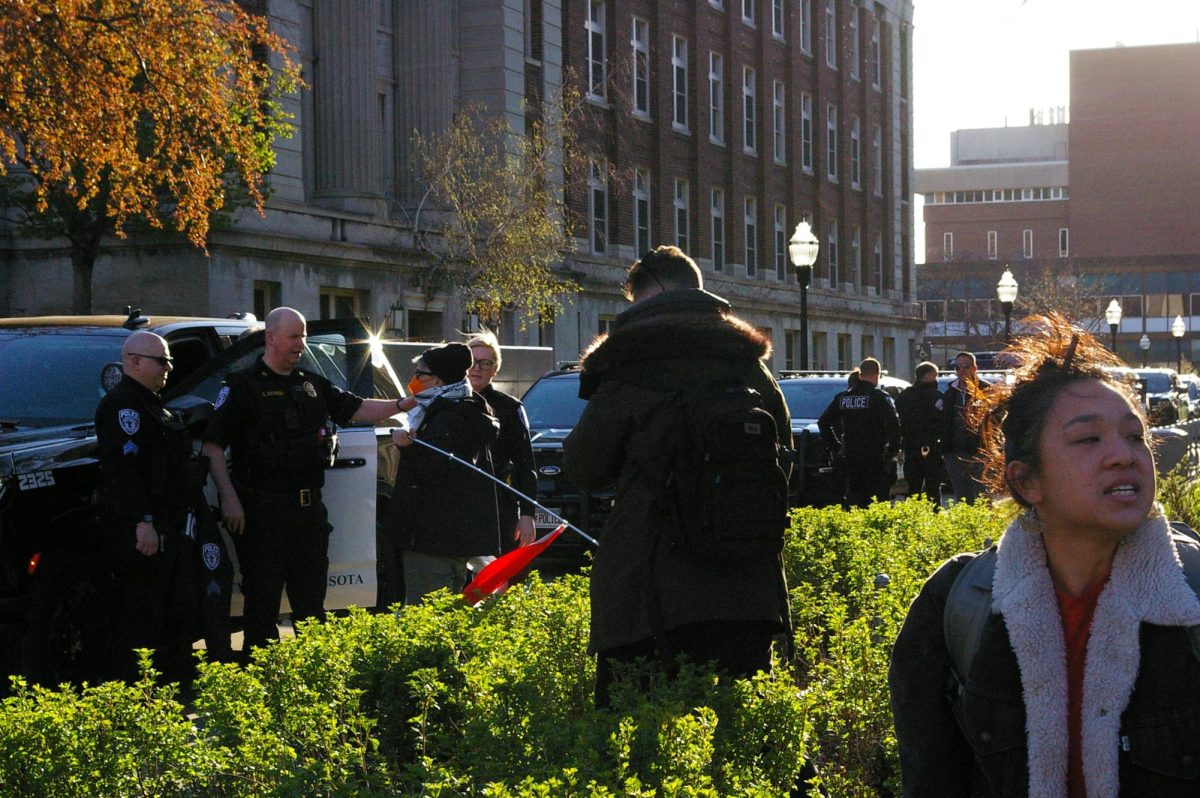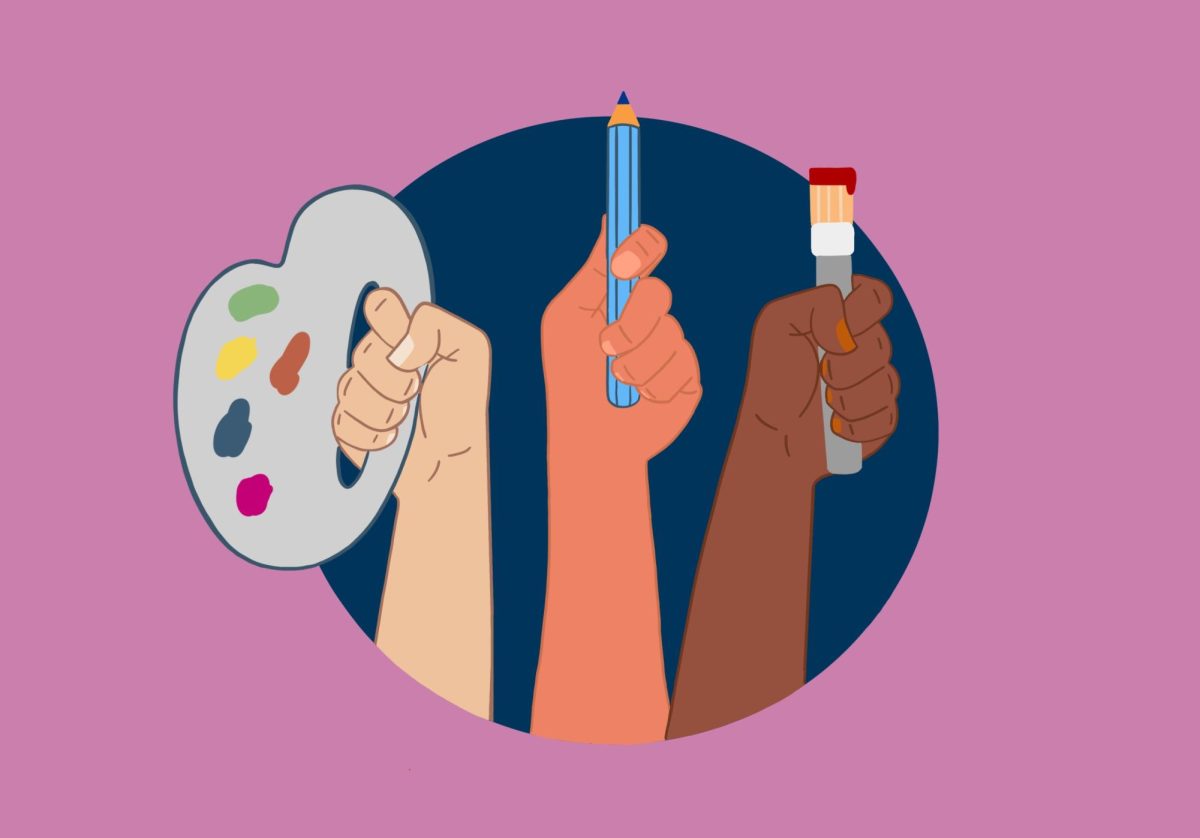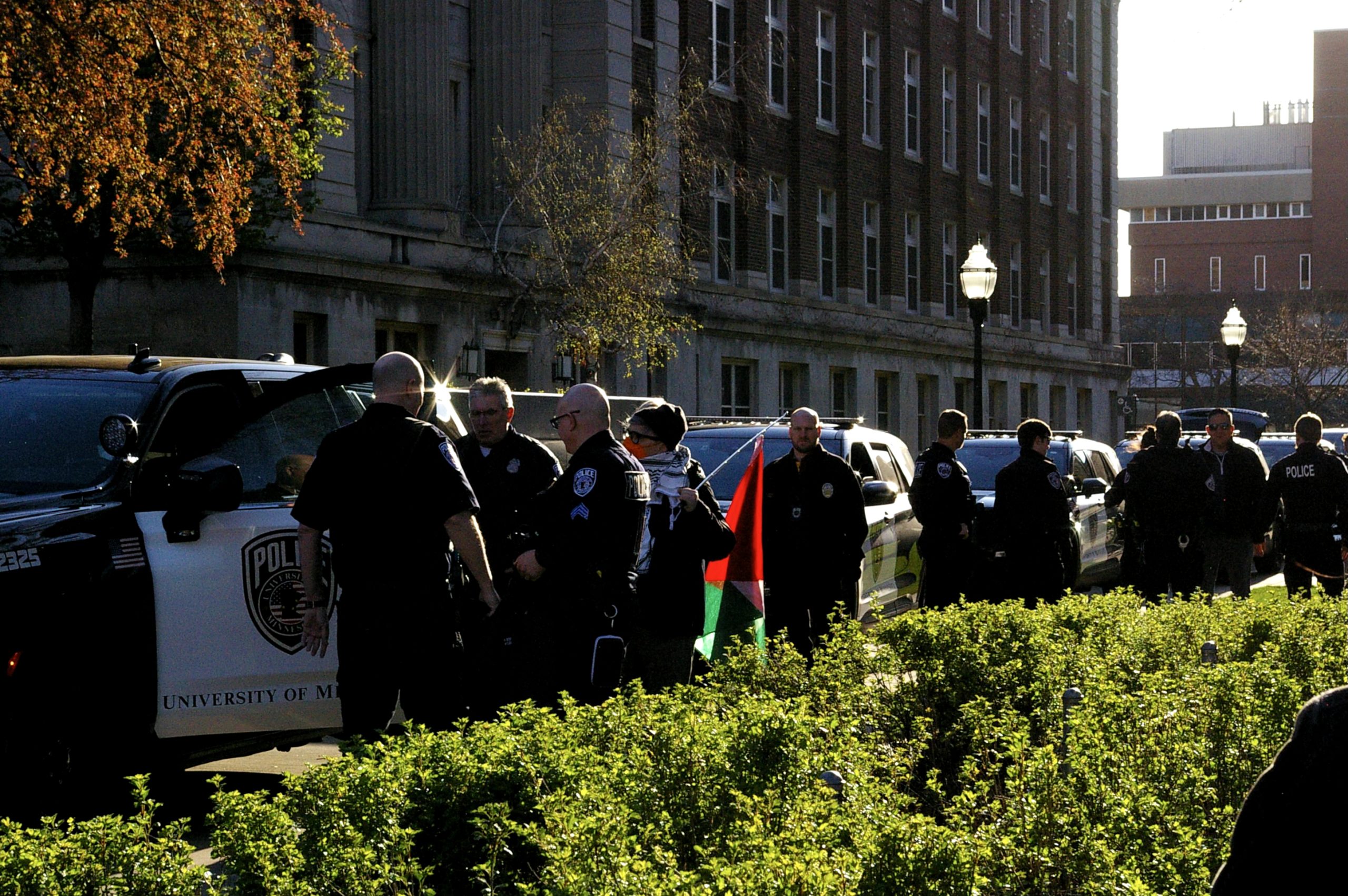No one has made any rules or proposed any specifics. In fact, discussions haven’t even started.
Still, that the NCAA has agreed to begin talks next week that could eventually lower the minimum standardized test score required for freshman eligibility represents a huge departure for the organization.
The NCAA has steadily increased academic standards for more than a decade (see graphic), but the organization might succumb to long-standing complaints that those standards are biased against minority student-athletes and those from underprivileged backgrounds.
NCAA executive director Cedric Dempsey said Wednesday he’s in favor of removing the minimum cut-off SAT score of 820 and extending the sliding scale of SAT scores and grade point averages the NCAA uses. In other words, a student-athlete who gets a lower SAT score would have to have a higher grade point average to be eligible.
A big reason the NCAA is taking the first step toward action on the subject is a case pending in federal court that will go to trial in January 1999. Trial Lawyers for Public Justice filed a race discrimination suit against the NCAA in January 1997 on behalf of two Philadelphia student-athletes who had good grades, but not SAT scores, and were therefore ineligible to compete as college freshmen.
“We have claimed all along that the use of a fixed cut-off score has an adverse impact on minority student-athletes,” said Adele Kimmel, a TLPJ staff attorney and co-counsel in the case. “It cuts out a lot more minority student-athletes than white student-athletes. The people it’s cutting out are those who would otherwise succeed in college.”
The NCAA has done studies that back up Kimmel’s statements. One showed that 47 percent of African-American student-athletes who entered college before the implementation of Proposition 48 — the first rule to include a minimum test score requirement — and graduated would have been ineligible for scholarships and competition as freshmen. By contrast, only 8 percent of graduating white student-athletes from the same class would have been ineligible because of their test scores.
Proposition 16, the more stringent academic standard that took effect in 1996, had an even bigger effect on minorities. Twenty-six percent of minority student-athletes who signed Division I letters of intent in 1996 weren’t eligible their freshman year, up from 15 percent the year before.
Charles Cunningham, a Gophers men’s basketball assistant coach who has been recruiting college players for 12 years, said those statistics reflect the economic background of many minority student-athletes.
“What you find is kids that have had an opportunity to see how education can be beneficial to them tend to do better (on tests),” Cunningham said. “I think it’s a cultural thing more than a racial thing.”
Said Kimmel: “Minority athletes from disadvantaged backgrounds can’t typically, for example, attend prep courses. A lot of people that run these say that if you take a prep course, you’re almost guaranteed a 100-point increase. That’s a big enough difference to make a lot of these athletes qualify.”
Gophers men’s athletics director Mark Dienhart said he’s in favor of the NCAA reexamining its standards for freshman eligibility, but doesn’t want changes that could take away from the boost schools have seen in their graduation rates.
“That’s the balancing act that’s being done,” Dienhart said. “You can sure say this has reduced access to higher education for some kids, but you can also point to the results that more kids have been successful and that there have probably been less abuses associated with recruiting underprepared kids.”
NCAA statistics show 43 percent of black male student-athletes who entered college in 1990 have graduated, compared to 33 percent of black males overall that entered school that year. Those numbers are better for athletes than before Proposition 48 and its companions were put in place, when the two percentages were close to equal.
While that information supports Dienhart’s assertion that schools are turning out better students because of the more rigorous entrance requirements, it still misses the point, Kimmel said.
“The law doesn’t protect the socio-economically disadvantaged,” she said. “It protects race, gender, national origin. Given that this is having a disproportionate impact on black student-athletes, that’s prohibited by law.”
TLPJ’s case was bolstered by last week’s testimony of an independent counsel who has been doing research for the NCAA. The researcher found evidence to support TLPJ’s claims, a fact that will likely cause the NCAA to make changes to its requirements, possibly before the court case is decided.
The question is whether any amendments will solve the controversy, or extend it.
“I’m supportive of reviewing the standards, but I think it may not provide them with a lot of direction,” Dienhart said. “There is all sorts of evidence that standardized tests are not great indicators of future success and that they can be biased. I think that will be reaffirmed, and they’ll settle on another number. But that number might not be right, either.”










